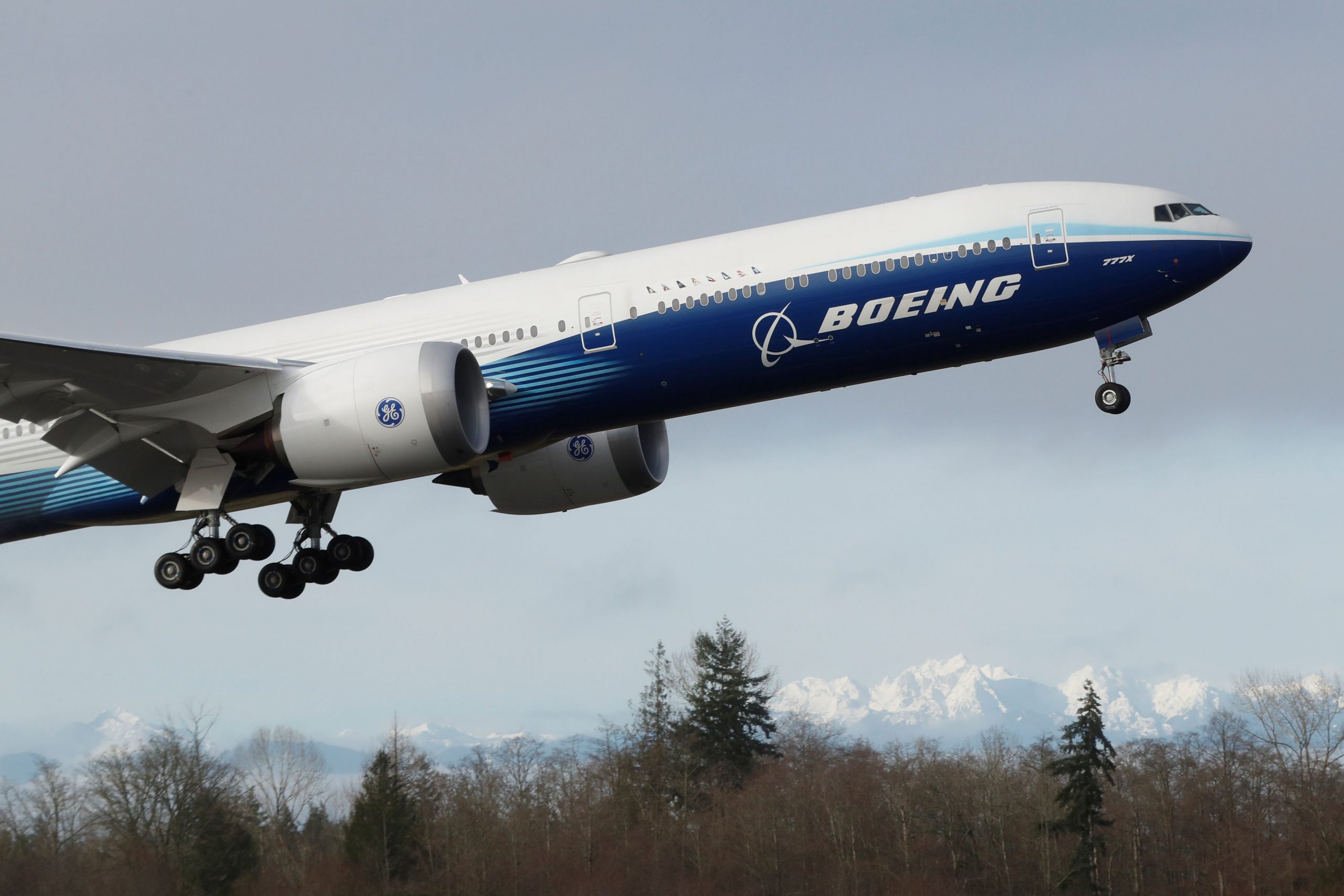The nation’s air-traffic-control system faces increasing hazards from short staffing, outdated technology and chronic underfunding, according to a federal report that examined safety issues following a string of close calls at U.S. airports over the past year.
Staffing shortages at facilities that manage airplane traffic are leading to significant flight delays as the Federal Aviation Administration shuffles personnel to maintain safety at the expense of efficiency, the report said.
The abrupt changes needed to slow operations because of staffing can require rerouting flights and boosting spacing between aircraft, sharply increasing chances for mistakes in communication, the report said.
The National Airspace System Safety Review Team report, commissioned earlier this year by the FAA, didn’t say American airspace was unsafe. The authors, including former top U.S. government aviation and industry leaders, said the FAA’s problems are eroding safety protections and are unsustainable over the long-term.
The FAA on Wednesday released the report, details of which The Wall Street Journal had earlier reported. It called for a series of changes to how Congress and the White House approve FAA funding, and issued various recommendations.
“The confluence of the issues we identified results in an erosion of safety margins that must be urgently addressed,” the report’s authors wrote.
The agency said it has taken several actions to end serious close calls since an industry summit it hosted earlier this year. Former FAA Administrator Michael Huerta, who led the review team, said during a press briefing that many of the FAA’s problems relate to its budget. “That’s why our recommendations focus so much on ensuring adequate and stable funding,” he said.
Air travel’s rapid bounceback from the Covid-19 pandemic has at times strained U.S. air-traffic and airline workforces, raising safety worries. The FAA and industry have taken steps to promote vigilance and in some cases added training. Next week, the U.S. air-travel system will be tested again with heavy air traffic anticipated over the Thanksgiving holiday.
The report comes as the agency has a new Senate-confirmed leader, Mike Whitaker, after more than 18 months of temporary bosses.
The report identified other shortcomings within the FAA. It said the agency’s air-traffic-control organization lacked a robust system to ensure controllers had completed required training or were proficient. In one serious incident, which the authors didn’t detail, a controller involved “was delinquent in completing over 24 training items.”
The air-traffic-control staffing shortage has also hobbled the FAA’s own internal systems for managing safety risks related to pilots, near midair collisions and other incidents, the report said.
Aging equipment and facilities pose their own risks. The FAA struggles to find parts for ground-based safety systems at airports, for example, and replacement antennas are no longer available for beacons used to track aircraft. A breakdown of the FAA’s antiquated technology led to a nationwide flight halt earlier this year for the first time since the 9/11 terrorist attacks.
The 52-page report makes various recommendations. Among them: exempt the FAA from government shutdowns, which the report said have set back training and staffing levels for air-traffic controllers.



